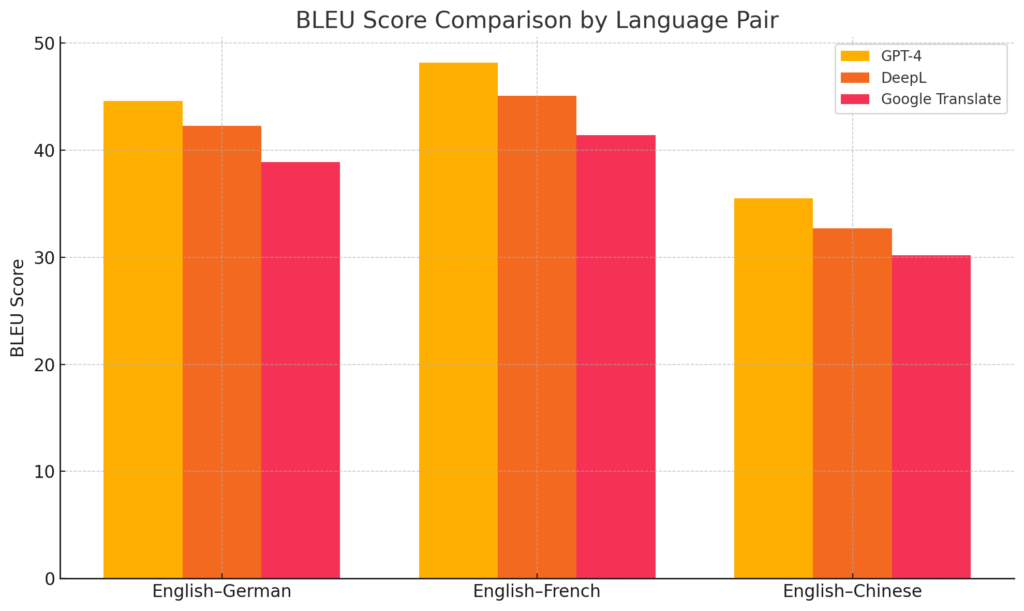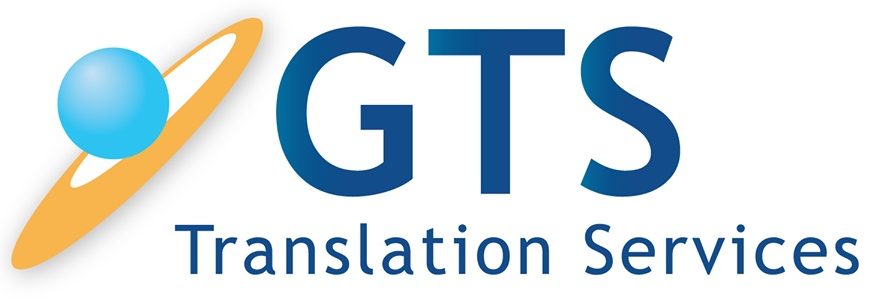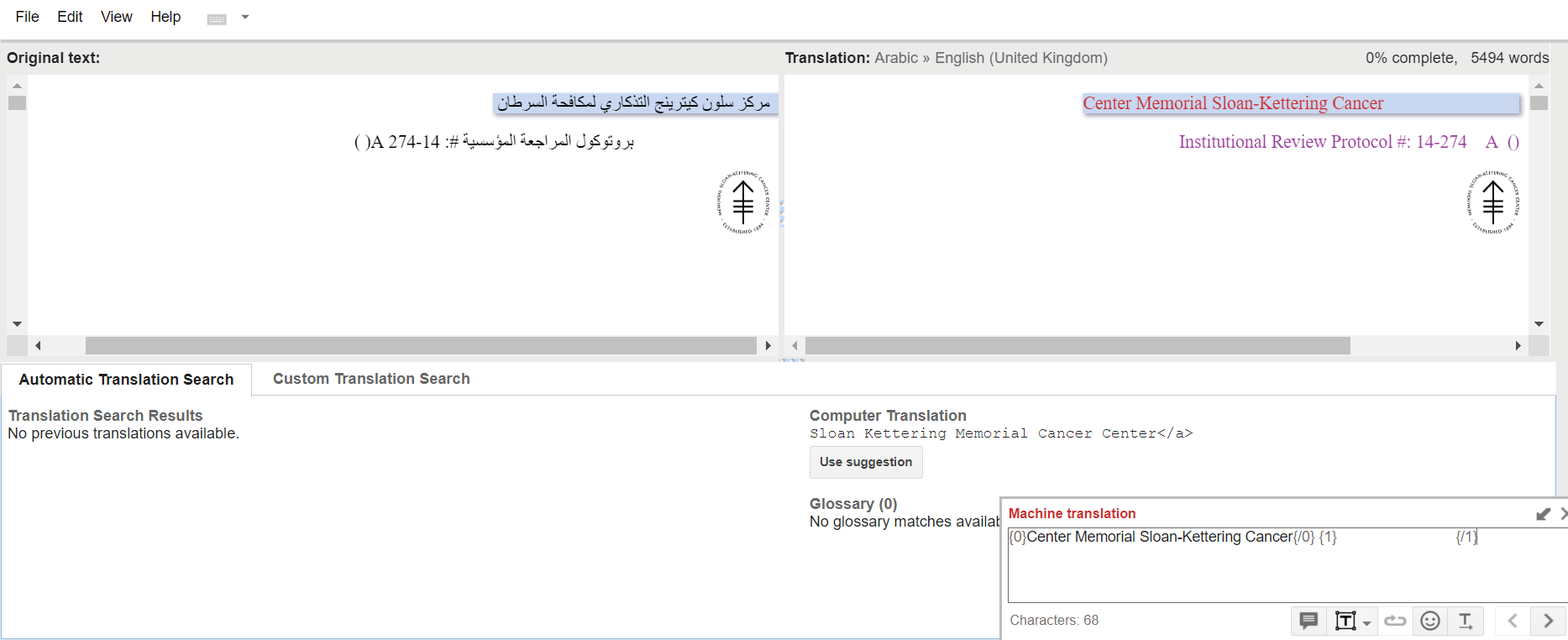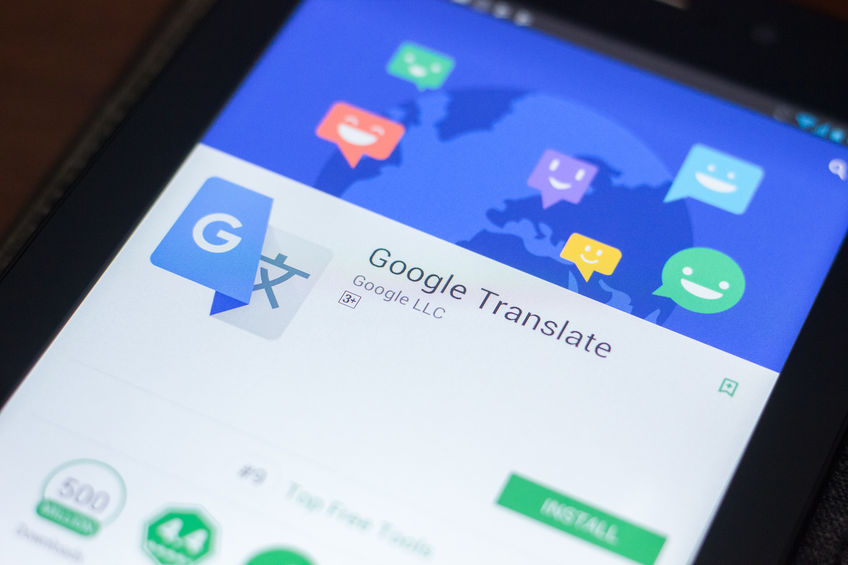In the rapidly evolving landscape of machine translation (MT), OpenAI’s GPT-4 stands out as a transformative force. While traditional neural machine translation (NMT) systems like Google Translate and DeepL have long dominated the field, GPT-4 introduces a new paradigm by leveraging large language models (LLMs) to deliver translations that are not only accurate but also contextually nuanced and semantically rich.
GPT-4 vs. Traditional MT Systems: A Comparative Analysis
The BLEU (Bilingual Evaluation Understudy) score is a widely accepted metric for evaluating the quality of machine-translated text by comparing it to human references. Higher BLEU scores indicate better translation quality.

Recent evaluations have shown that GPT-4 achieves BLEU scores that are competitive with, and in some cases surpass, those of established MT systems:
- English–German: GPT-4: 44.6 | DeepL: 42.3 | Google Translate: 38.9
- English–French: GPT-4: 48.2 | DeepL: 45.1 | Google Translate: 41.4
- English–Chinese: GPT-4: 35.5 | DeepL: 32.7 | Google Translate: 30.2
Human Evaluation Benchmarks
In a comprehensive study comparing GPT-4’s translations to those of human translators across various language pairs and domains, GPT-4 demonstrated performance comparable to junior-level human translators. The study assessed translations using the MQM (Multidimensional Quality Metrics) schema and found that GPT-4 maintained consistent translation quality across different languages and subject matters.
Yan, J., Yan, P., Chen, Y., Li, J., Zhu, X., & Zhang, Y. (2024). Benchmarking GPT-4 against Human Translators: A Comprehensive Evaluation Across Languages, Domains, and Expertise Levels.
Key Advantages of GPT-4 in Machine Translation
1. Contextual Understanding
Unlike traditional MT systems that often translate text sentence by sentence, GPT-4 considers broader context, leading to translations that better capture the intended meaning, tone, and nuances of the source material.
2. Consistency Across Languages
GPT-4 maintains high translation quality across both high-resource and low-resource languages, addressing a common challenge in MT where performance typically drops for less commonly translated languages .
3. Adaptability to Various Domains
GPT-4 excels in translating specialized content, including technical, legal, and medical texts, by understanding and accurately rendering domain-specific terminology and concepts.
4. Reduced Literal Translations
By leveraging its advanced language modeling capabilities, GPT-4 avoids overly literal translations, instead producing more natural and fluent output that aligns with human linguistic patterns.
Real-World Applications and Implications
The superior performance of GPT-4 in machine translation has significant implications for industries relying on accurate and nuanced translations:
-
Subtitling and Media Localization: Enhanced context understanding leads to more accurate and culturally appropriate subtitles.
-
Legal and Medical Translations: Improved handling of complex terminology ensures precision in critical documents.
-
Global Business Communications: Consistent and fluent translations facilitate better international collaboration and customer engagement.
Transforming Subtitle Translation Workflows with OpenAI GPT-4
GTS’s subtitle translation platform integrates the OpenAI GPT-4 API as its core translation engine, leveraging its advanced transformer-based architecture to deliver contextually rich, semantically accurate translations. Unlike conventional NMT systems that operate on isolated segments, GPT-4 enables end-to-end processing of subtitle blocks with cross-sentence context awareness, enabling better handling of idiomatic expressions, speaker variation, and temporal constraints. This allows our system to dynamically adapt translations to fit time-coded segments without sacrificing fidelity or fluency. The API’s robust multilingual performance and fine-grained language control make it ideally suited for scalable, domain-agnostic subtitle translation in production environments.
Conclusion
OpenAI’s GPT-4 represents a significant advancement in machine translation, offering a combination of accuracy, contextual awareness, and adaptability that surpasses traditional MT systems. As organizations seek more reliable and nuanced translation solutions, GPT-4 stands out as a leading choice, setting a new standard in the field.





